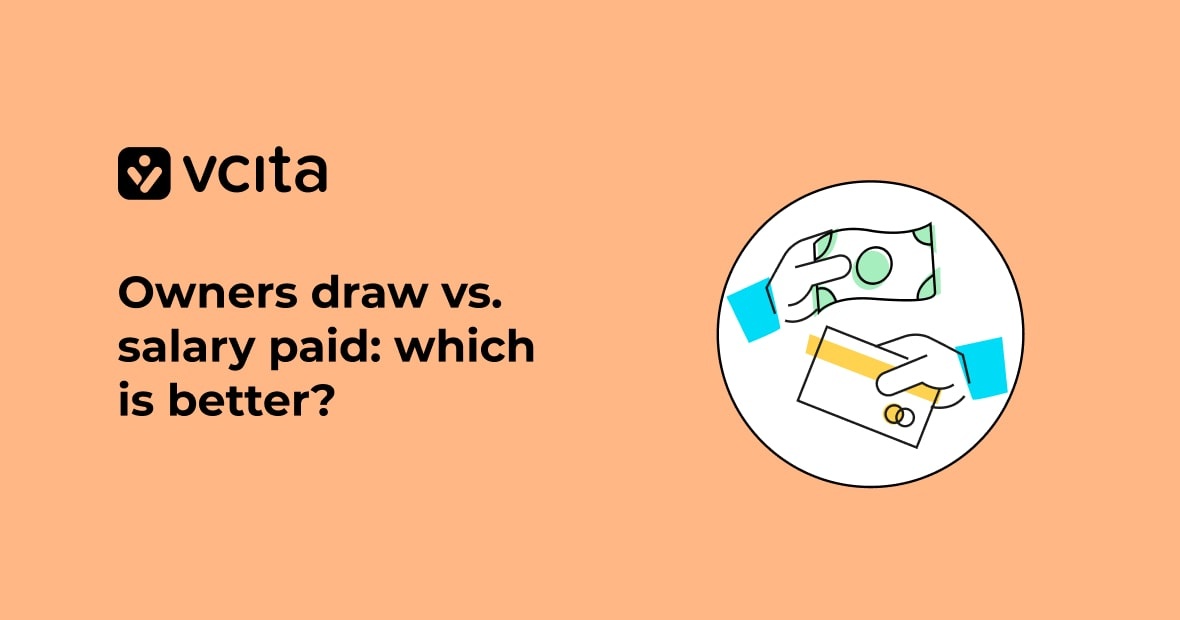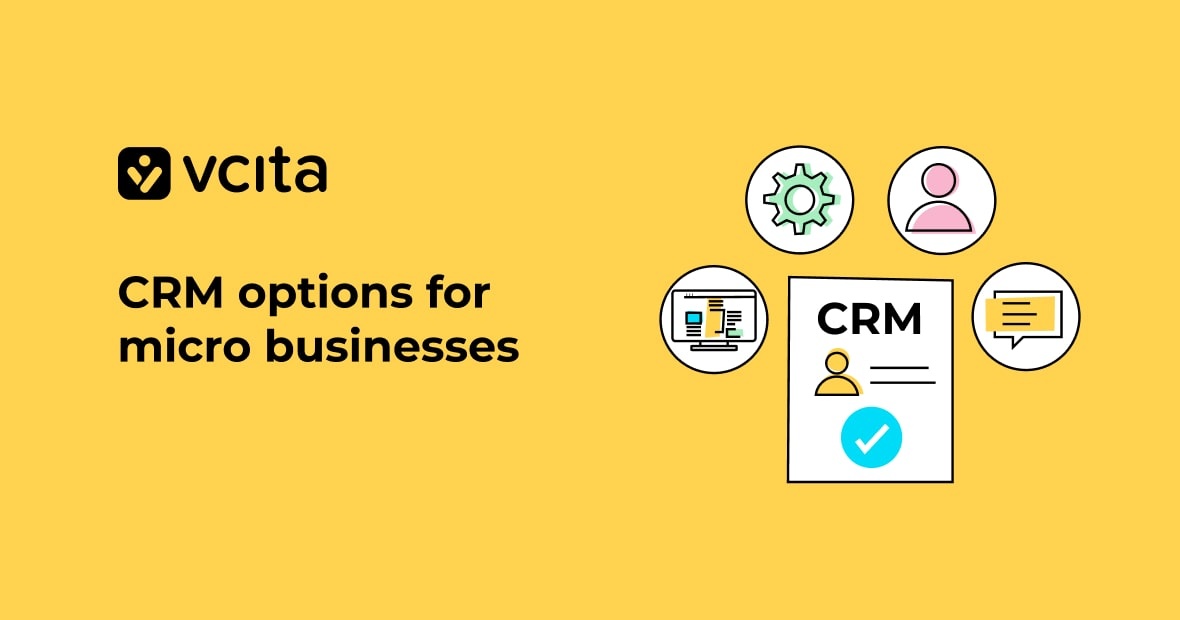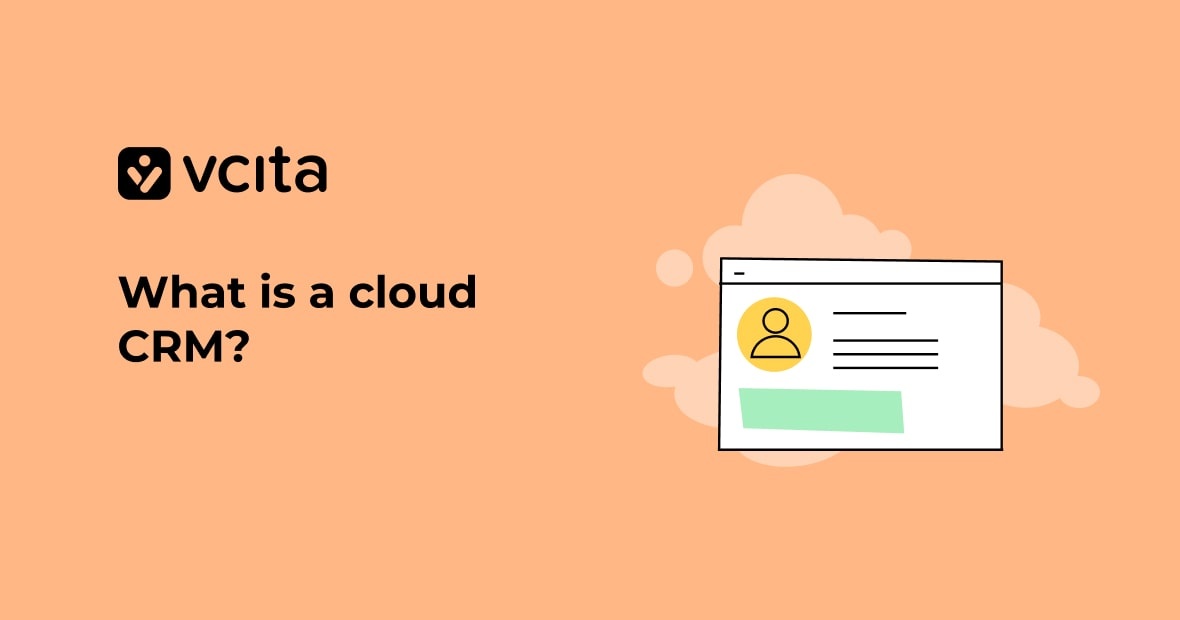You may be wondering how to pay yourself as a small business owner: would it be better to take an owner’s draw, or should you pay yourself a salary? The draw method vs salary question is an important one when it comes to your personal income taxes, payroll taxes, and other business expenses.
Whether you have a sole proprietorship, partnership, or a single member LLC, understanding the differences between taking a draw and receiving a salary as a W-2 employee is key. This article will break down owners draw vs salary, looking at the pros and cons of each payment method to help you determine the right way to pay yourself, one that aligns with your personal taxes and business needs.
How to pay yourself as a small business owner: understanding owners draw vs salary
One of the most important decisions you’ll make as a small business owner is how to pay yourself. The two most common methods are taking an owner’s draw or paying yourself a salary.
What is the owner’s draw method?
An owner’s draw involves withdrawing money from your business profits to pay yourself. It’s an informal way to take income from your business and is commonly used by sole proprietors and partnerships, and sometimes by single-member LLCs.
The draw method allows you to take money out of your business account whenever you need it, in whatever amount you want. However, it can make your business finances seem disorganized since there’s no set amount or schedule.
An owner’s draw is not taxed as personal income, but it is subject to self-employment taxes. With this approach, you don’t withhold any taxes from your payments, so you’ll have to pay the relevant taxes when you file your tax return.
What does paying yourself a salary as a business owner mean?
On the other hand, paying yourself a salary as a W-2 employee means establishing a consistent paycheck and withholding employment taxes, like income and payroll taxes, from each paycheck. This method is often used by single-member LLCs and corporations.
A salary allows you to create a predictable income stream, and may make it easier to qualify for a mortgage or loan. A salary may allow you to qualify for certain tax deductions and credits.
However, as an employee, you’ll have to pay half of the Social Security and Medicare taxes, and your business will have to match those contributions.
The method you choose depends on your business structure, financial needs, and growth goals. For many small business owners, a combination of the two methods works well. You might pay yourself a small salary to cover essential expenses and take occasional draws for discretionary income or larger, one-time purchases. Talk to your accountant to determine what payment method is most beneficial and tax-efficient for your situation. As your business grows, you may need to adjust how you pay yourself to maximize tax benefits.
Which business structures use draw vs salary?
Although the two most common methods for paying yourself as a small business owner are taking an owner’s draw or paying yourself a salary, not all business structures allow you to choose between these payment options.
Sole proprietorships and partnerships
If you operate as a sole proprietorship or partnership, you can only take owner’s draws. These unincorporated business structures are not actually separate legal entities from their owners, so any money earned by the business is considered your personal income.
Because sole proprietorships and partnerships are not taxed separately, you’ll report all business income and expenses on your personal tax return and pay self-employment tax.
LLCs and corporations
On the other hand, limited liability companies (LLCs) and corporations can choose to pay owners either a draw or a salary. Single-member LLCs are taxed like sole proprietorships, so they can only take draws. Multi-member LLCs and corporations, however, are taxed as separate entities.
If you pay yourself a salary from an LLC or corporation, you’ll receive a W-2 and the business will withhold and pay employment taxes on your behalf.
The pros and cons of taking an owner’s draw vs salary
There are pros and cons to both taking a salary and owner’s draw, so you’ll need to determine which approach is right for your situation. Here are the benefits and drawbacks of both payment options.
The advantages and disadvantages of the owner’s draw method
An owner’s draw allows you to withdraw money from your business account as needed to pay for living expenses.
The advantages of the draw method are:
- Simplicity. Easy to implement without a formal payroll system.
- Flexibility. You can withdraw funds as needed.
The disadvantages of the draw method are:
- Higher taxes. Your income is subject to full payroll taxes at 15.3%, and you’ll be taxed at the personal income tax rates for sole proprietorships or partnerships.
- Fewer tax breaks. You don’t get the tax benefits of retirement plans or deductions that come with a salary.
- Less professional. Taking an owner’s draw may be viewed as less legitimate by banks or investors.
- No benefits. You don’t receive benefits like health insurance, paid time off, or retirement contributions.
The pros and cons of paying yourself a salary
Paying yourself a salary means you get a regular paycheck like any employee, using a W-2 form.
The pros of getting a salary are:
- Lower taxes. Your tax burden is lower, since half of the 15.3% self-employment tax is deducted.
- More tax breaks. You can take advantage of benefits like health insurance premium deductions.
- More professional. Getting paid a salary is often viewed as a more legitimate form of compensation by banks, investors, and partners.
- More potential benefits. You can set up retirement plans and health insurance benefits for yourself as an employee.
The cons of getting a salary are:
- Complexity. Setting up payroll, withholding income taxes, Social Security, and Medicare, and complying with regulations involves more work.
- Less flexibility. Your salary amount is fixed, at least for a certain period of time.
When deciding between an owner’s draw or salary, consider how you want to be taxed and the level of liability protection you need. Draws typically offer more flexibility but fewer tax benefits and less legal protection. A salary provides more structure and security.
If you want to minimize paperwork, an owner’s draw is simpler. But if you want to qualify for employee benefits or build credibility, a salary may be better. For LLCs and corporations, a combination of both draws and a salary may make sense. You can take a smaller salary and larger draws in good months or years, and vice versa when profits are tighter.
As your business grows, your choices might change. You might begin by using the owner’s draw method, but later on, paying yourself a salary may make more sense. The optimal approach depends on your business structure and personal financial situation.
Choosing how to pay yourself depends on many factors
As a small business owner, understanding how to pay yourself is crucial. Whether an owner’s draw or salary makes the most sense for your business depends on factors like business structure and personal income tax rates. Weigh options like limited liability company status, payroll taxes, and business expenses before deciding the right payment method for you as a business owner. In the end, you need to choose a payment method and business structure that aligns with your priorities and long-term goals.




























